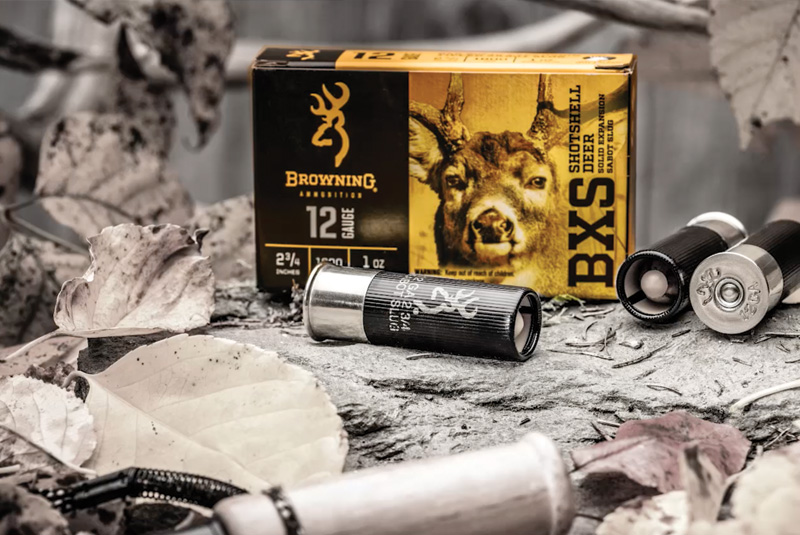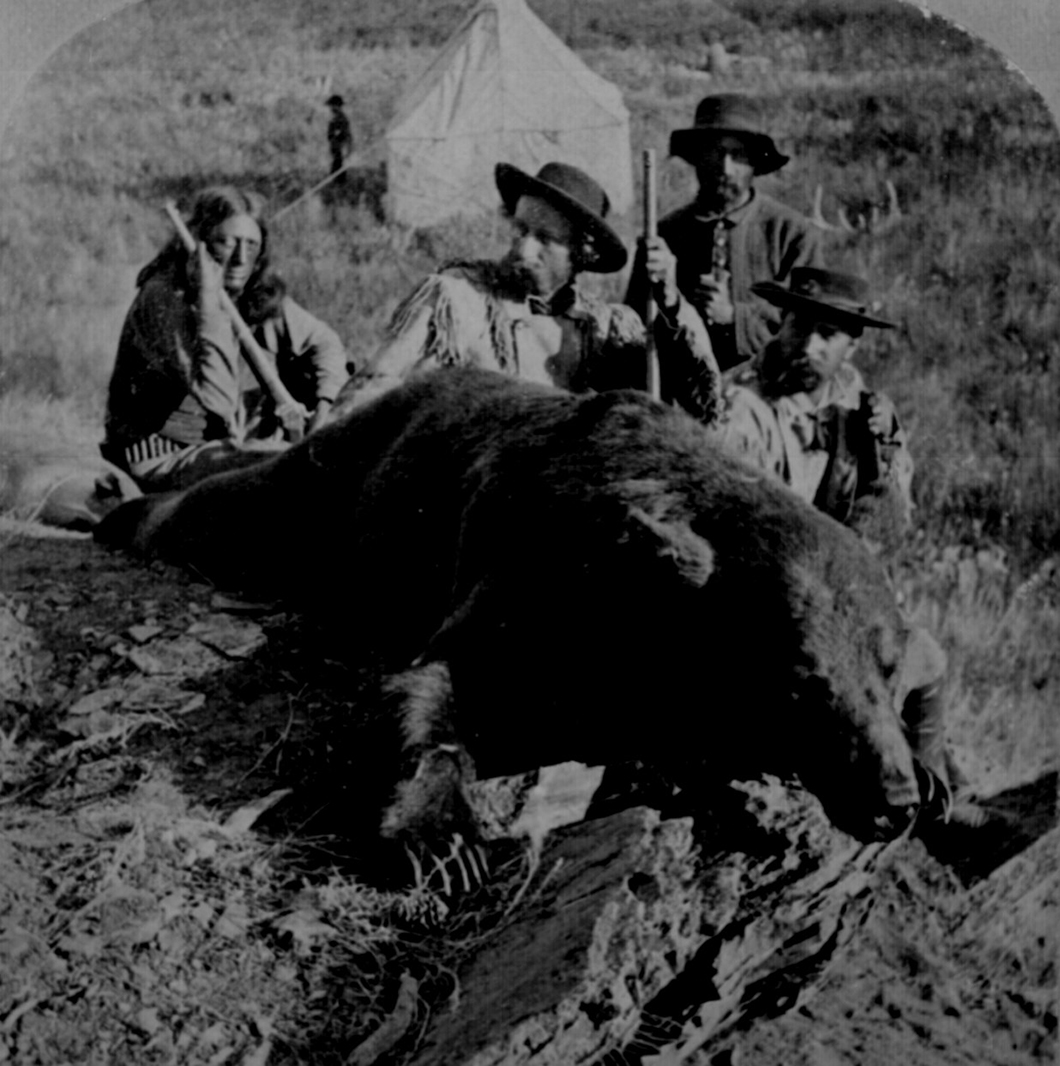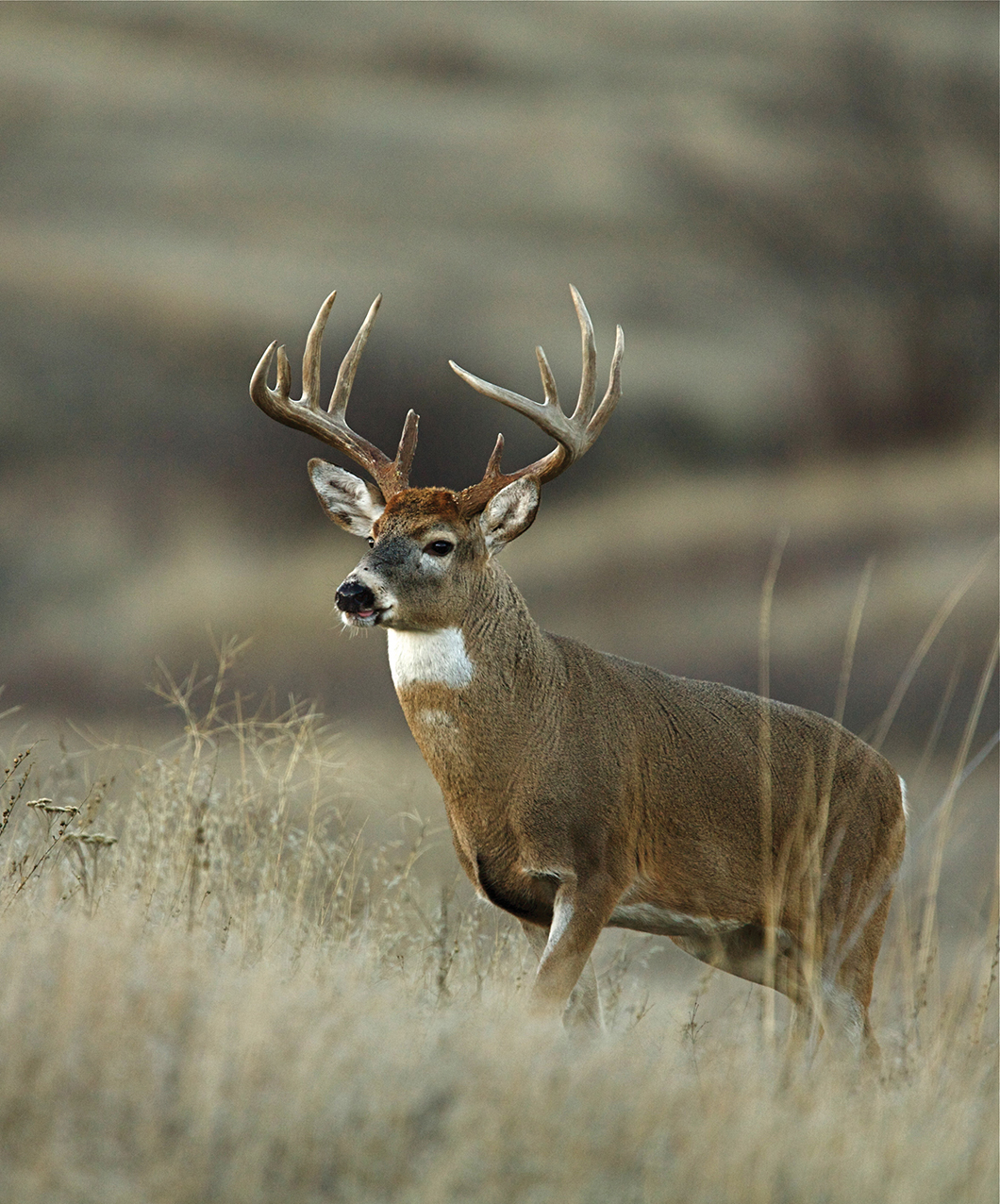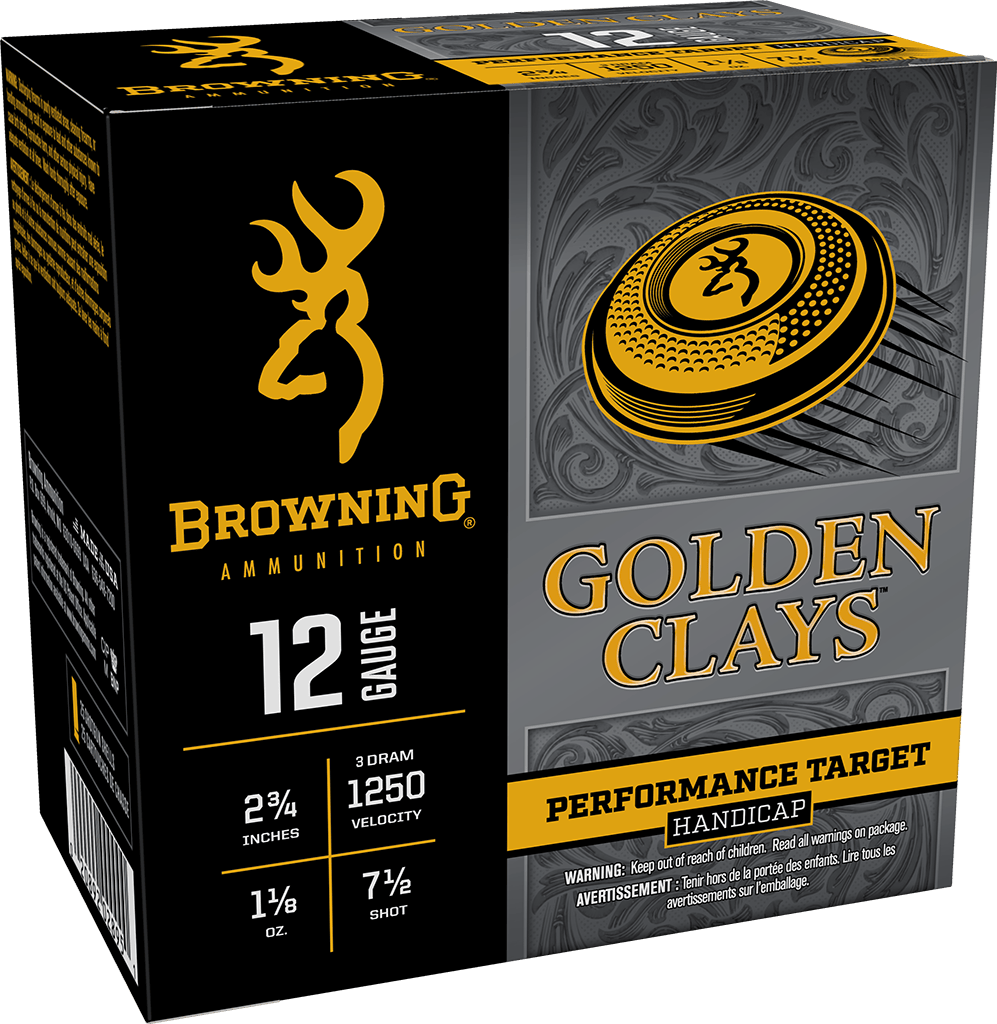Slugging Percentage – is the Slug Gun a Viable Option?
With the modern shotgun deer slug, it is possible to be stepping forward while stepping back.
In 1873, in the days before game laws, seasons, or licenses, a military officer, Brevet Major-General G. A. Custer, wrote to the manufacturer of the “50 Government” rifle he had carried with him the previous summer on an expedition along the Yellowstone River, guarding the surveyors for the Northern Pacific Railroad.

In the letter, Custer extolled the virtues of the 50, listing all the game it had accounted for:
During this period of three months, I carried the rifle referred to on every occasion, and the following lists exhibits but a portion of the game killed by me: Antelope, 41; buffalo, 4; elk, 4; blacktail deer [mule deer], 4; American deer [whitetail], 3; white wolf, 2; geese, prairie chickens, and other feathered game in large numbers.

The next year, reconnoitering the Black Hills for traces of gold, Custer, along with the chief engineer of the expedition, Col. William Ludlow, and the Arikaree scout, Bloody Knife, combined their fire to kill an ancient grizzly boar, Custer’s “lifetime ambition.” One historian notes that no one inquired whether Custer’s 50 caliber had been responsible for the killing shot. “It was Custer’s bear,” the historian wrote, “the way it was Custer’s expedition.” Ludlow, having served previously in the Civil War, went on to fight in Cuba against the Spanish. Custer, with Bloody Knife still beside him, went elsewhere.
The significance of the 50 Government, which for Custer clearly performed successfully as a prairie rifle–even if his claim to having killed game out to an outlandish 630 yards begs closer scrutiny–is that modern hunters with rifled-barreled shotguns shooting slugs, are using what is unquestionably a ballistically superior cartridge. In the Browning BXS load with a saboted solid-copper projectile, the 1-ounce 12-gauge produces more than 500 foot-pounds more muzzle energy than the 425-grain 50. And for the ¾-ounce 20 gauge, it is some 165 foot-pounds better than the 300-grain 45 Government. Shooting slugs is not about replicating 19th-century ballistics, though, but about the opportunities shotgun hunting opens for the chance at trophy white-tailed-deer.
If you look at a list of the 20 top states and Canadian provinces for records-book white-tailed deer, at least half of them have regulations that allow firearms hunting with shotguns only, or have some seasons in which only shotguns may be used. These include some of the most legendary whitetail states, such as Illinois, Indiana, Ohio, and Iowa. The argument in many places for such ordinances is that shotguns are safer in what may be suburban areas. Some hunters consider this a handicap to their taking deer; but the figures, along with modern rifled shotguns and slugs, just don’t support that.
Traditional “rifled” slugs from smoothbore shotguns have almost always been thought of as 50-yard weapons from the standpoint of accuracy, so much so that most hunters never bothered with scoping their deer guns. All that changes with saboted slugs and rifled-barreled guns. The vital heart-lung area on an adult buck deer is about 10 to 12 inches in diameter, the bottom (the 6 o’clock) of the circle starting just above the elbow of the deer’s front leg. For the Browning slug from a gun zeroed in at 100 yards, a hunter holding on a deer’s centerline, or just a bit higher but certainly not elevated off the animal’s backline, has a comfortable maximum point-blank range of 150 yards. With that kind of range, any deer visible from a tree stand in heavy timber or stepping out into most food plots or even some small fields will be well within reach. Modern deer guns and slugs even make scopes look perfectly sensible. That is the level of confidence you should always feel in a firearm you are carrying in the field.
The shotgun-slug hunter should also feel confidence in what the projectile will do after it crosses the distance to the deer. Slugs, even those rumbling out of smoothbore barrels, have always had the merit of extreme diameter and weight. A 12-gauge lead rifled slug, made to fit the normally .730-inch-diameter barrel, can’t help but produce a substantial wound when it hits. While size may matter, accuracy matters more. Saboted slugs out of rifled barrels deliver that, but they often use 45- and 50-caliber bullets purpose built for pistol cartridges, not necessarily for shotguns. Browning slugs, of larger diameter than pistol bullets but not as large as lead slugs, have been designed specifically for their big-game shotgun cartridges. With polymer tips, and the longer length of caliber to weight, they can provide better ballistic profiles, translating into greater accuracy; and made from solid copper, they can open into lethal petals without fragmenting while giving exceptional penetration.

Buffalo hunting, though far from gone, is not quite the same as when Custer chased them on the plains, but then, neither are the shotguns and slugs we use today. The “good old days” weren’t always that. Sometimes today can be much better.
Follow Browning Ammunition’s social media channels for more hunting and shooting tips and updates on Browning Ammunition supported events and promotions on Facebook, You Tube, Instagram and Twitter.



